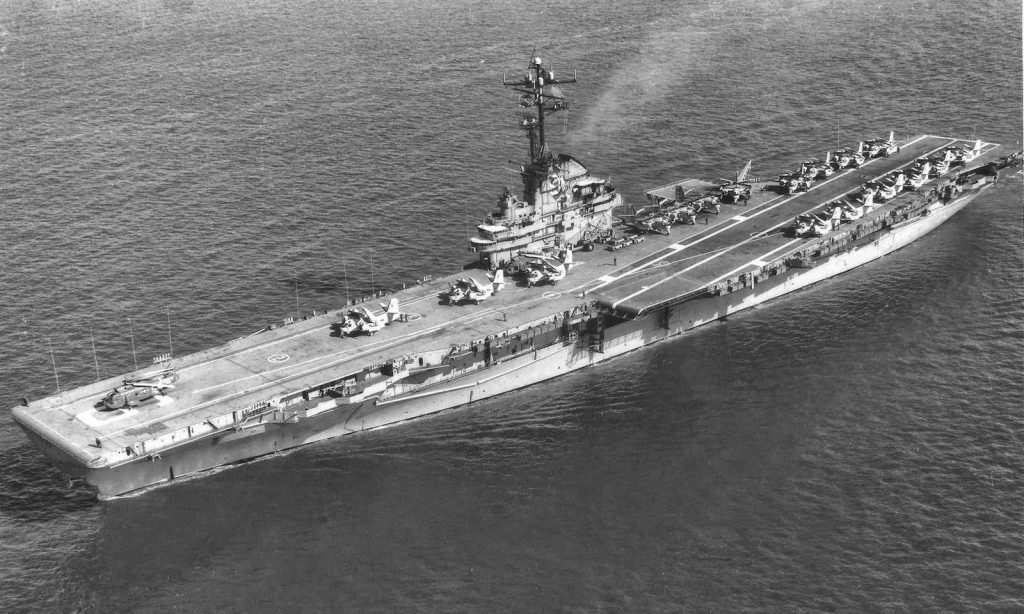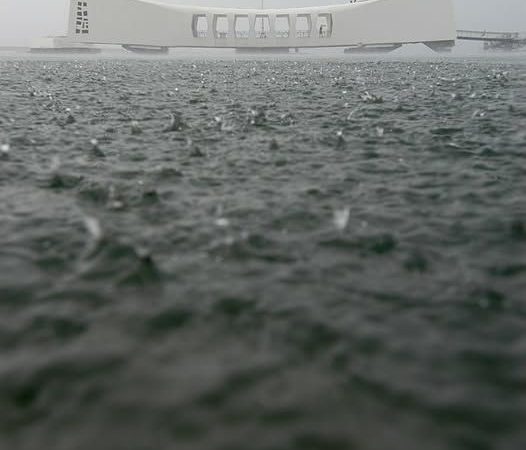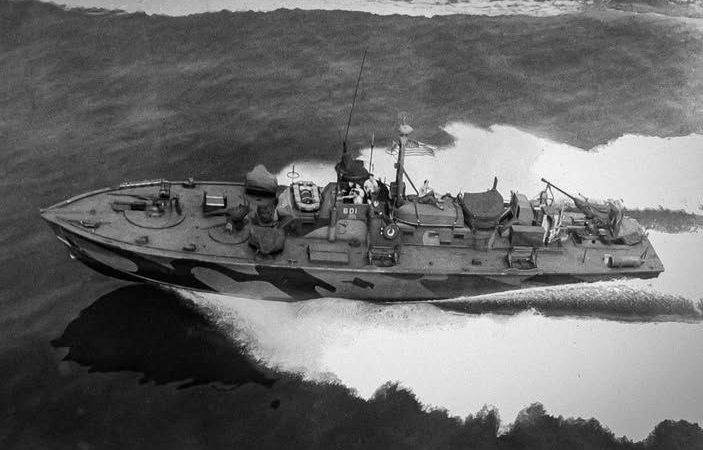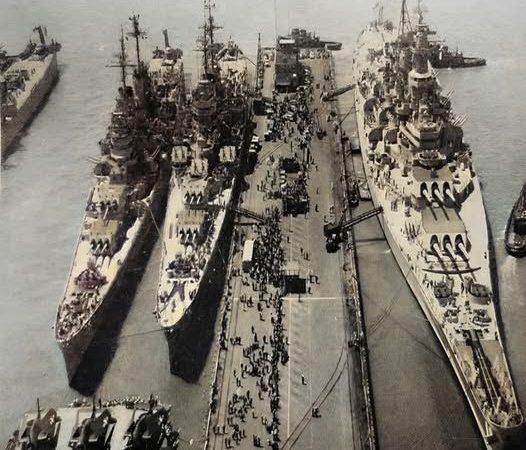USS Essex (CVS-9) Transforms: From Jet Power to Anti-Submarine Warfare – A 1960 Naval Evolution at Brooklyn Navy Yard
In March 1960, the USS Essex (CVS-9), a renowned aircraft carrier, entered dry dock at the Brooklyn Navy Yard for a significant transformation. Originally launched in 1942 as a conventional fleet carrier, the Essex had played a pivotal role in World War II and the Korean War. However, by 1960, advancements in naval technology and changing strategic priorities necessitated a new role for this storied vessel.
The conversion was part of a broader shift in the U.S. Navy’s focus toward anti-submarine warfare (ASW). At the height of the Cold War, the growing threat of Soviet submarines called for a dedicated response. To meet this challenge, the Essex was reclassified as an anti-submarine support carrier (CVS), marking a fundamental change in its mission.

Gone were the high-speed jet aircraft that had previously graced its deck. In their place came the Grumman S-2 Tracker, a twin-engine, propeller-driven aircraft specifically designed for hunting submarines. These aircraft were equipped with advanced sonar systems, magnetic anomaly detectors, and torpedoes, making them highly effective in tracking and neutralizing enemy subs. The propeller-driven planes, though slower than jets, were more suited to the low-speed, low-altitude operations required for ASW missions.

The conversion at the Brooklyn Navy Yard was a complex and extensive process. It involved modifying the ship’s hangars, flight deck, and catapult systems to accommodate the S-2 Trackers and other ASW aircraft. The ship’s radar, communication, and sonar equipment were also upgraded to enhance its detection and tracking capabilities.

By the time the USS Essex emerged from dry dock, it was no longer a symbol of raw airpower but a versatile platform geared toward a more specialized, strategic role in defending against submarine threats. The transition marked a key moment in the ship’s history and reflected the broader evolution of the U.S. Navy during the Cold War era.
In its new capacity, the Essex continued to serve until 1969, proving to be a vital asset in the Navy’s efforts to counter the growing submarine threat posed by the Soviet Union. Its transformation from a fleet carrier to an anti-submarine support carrier is a testament to the Navy’s adaptability and strategic foresight during one of the most tense periods of modern history.



